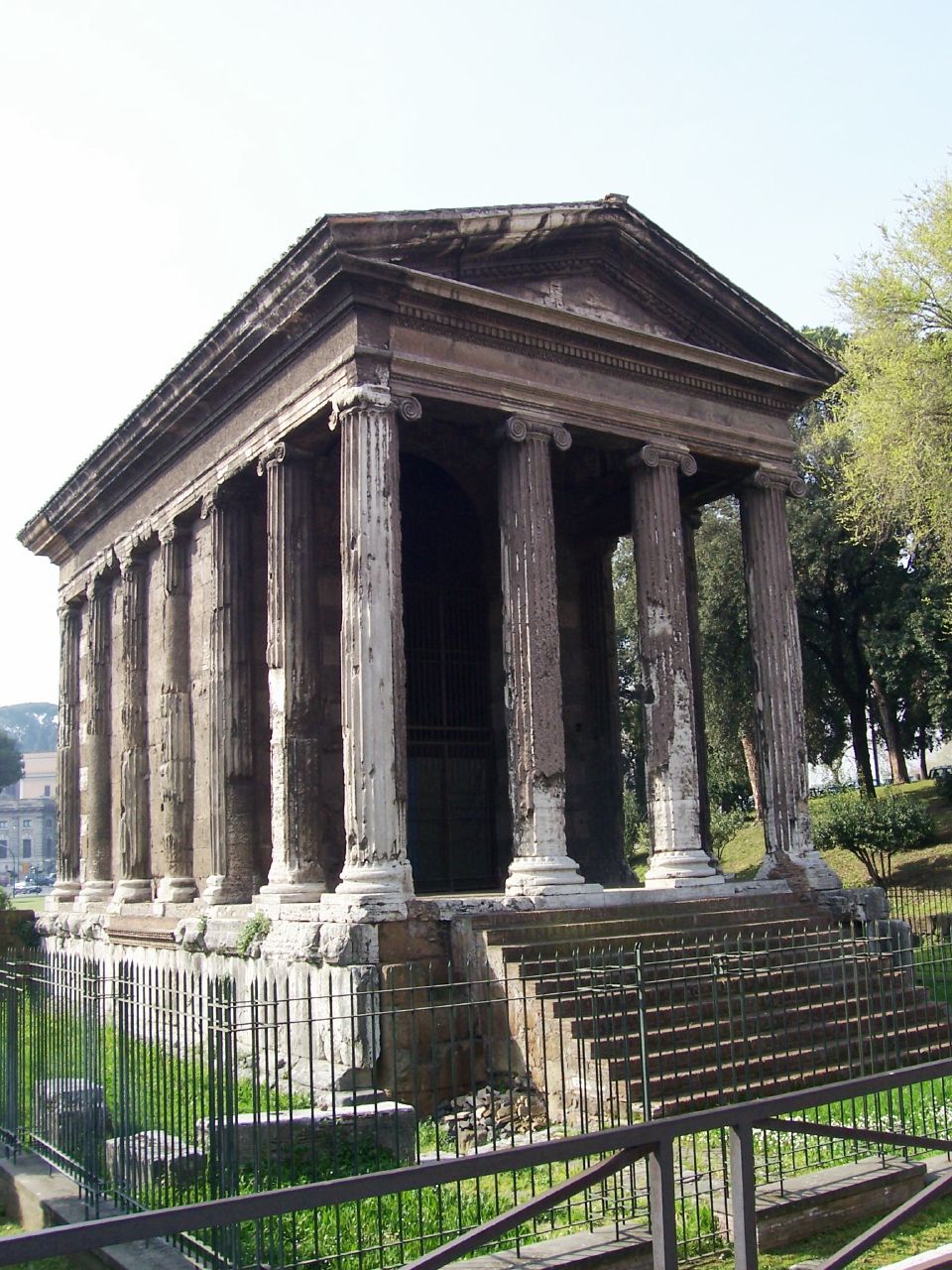Summary
Introduction to the Temple of Portunus
Located in the heart of Rome, the Temple of Portunus stands as a testament to ancient Roman architecture and their devotion to the gods. This well-preserved edifice, attributed to the god of harbors and ports, showcases the Ionic order of classical design. Its rich history tells a tale of religious significance and its pivotal role in the communal activities of Rome. With its strategic placement by the Tiber River, the temple offers an intriguing glimpse into the past, making it a must-visit landmark for history enthusiasts around the world.
Get your dose of History via Email
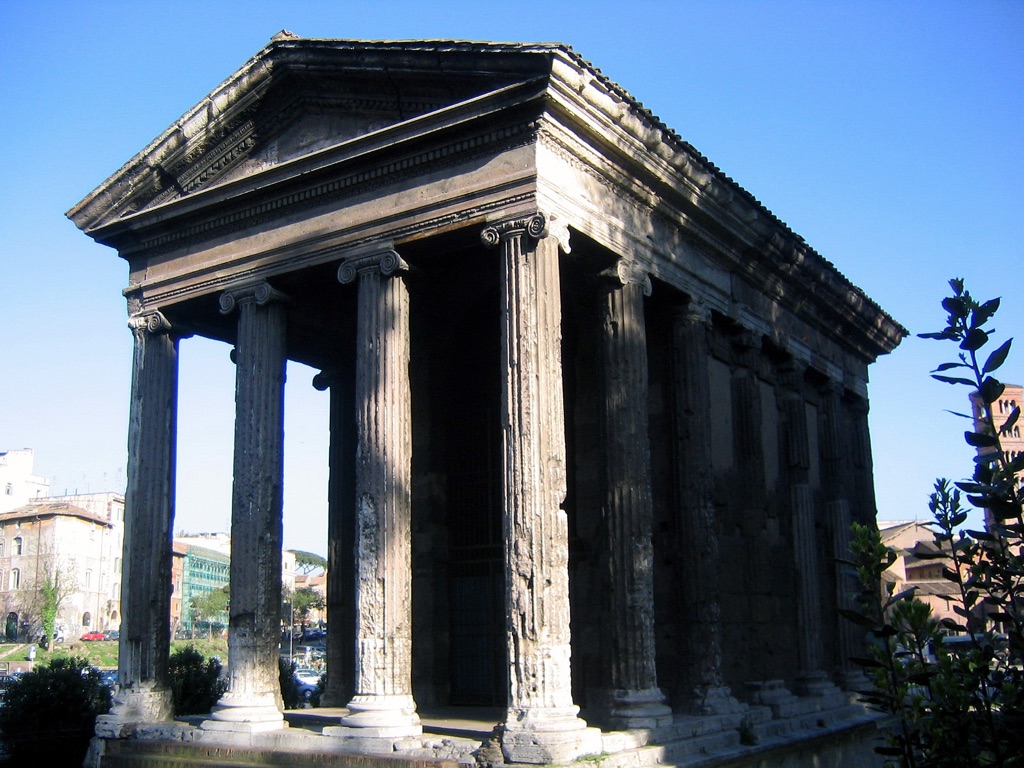
Architectural Significance
The Temple of Portunus represents a prime example of the adaptability of Greek architecture in Roman culture. Its preserved state provides a rare chance to study the amalgamation of Greek styles with Roman construction techniques. The attention to detail in the temple’s design, from the stucco-covered tufa blocks to the travertine decorations, emphasizes the importance Romans placed on building techniques. Such enduring qualities also highlight Rome’s capabilities in construction and their lasting influence on architectural standards across the centuries.
Preservation Efforts and Cultural Impact
Conservation efforts have played a crucial role in maintaining the Temple of Portunus through the ages. Restoration projects aim to ensure its survival amidst urban development and natural erosion. The temple’s influence extends beyond historical significance; it serves as an inspirational site for scholars, providing deep insights into Roman public life and religious practices. This enchanting monument not only captivates visitors with its ancient charm but also fuels the collective imagination, contributing to our understanding of Rome’s indelible mark on history.
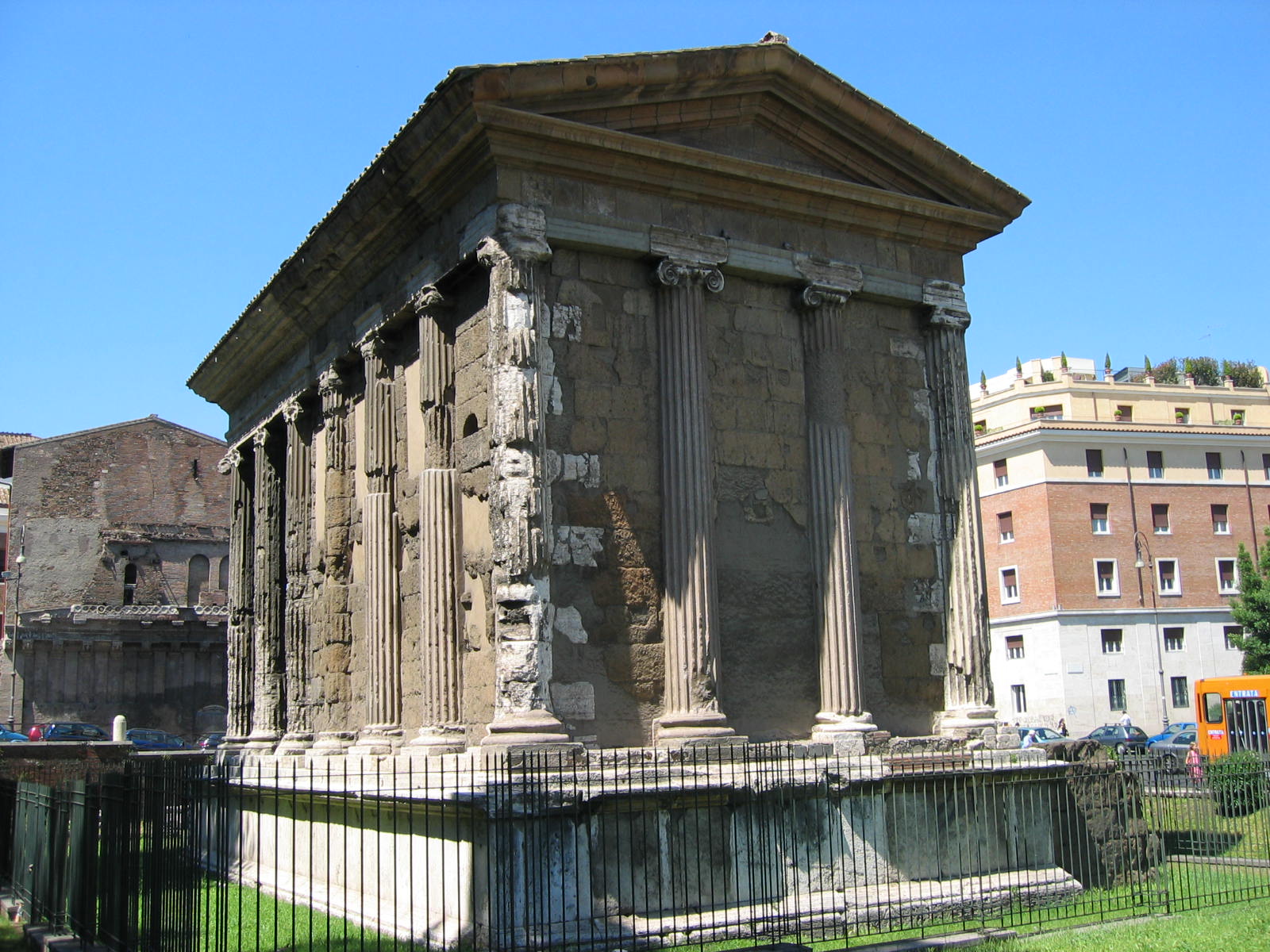
Historical Background of Temple of Portunus
The Temple’s Ancient Origins
Unveiling the past, the Temple of Portunus stands as a surviving marvel of ancient Rome. Located in the Forum Boarium, it was once central to the bustling life near the Tiber banks. The temple was built between the late 2nd and early 1st century BCE, a period rich with architectural innovation. It honors Portunus, the Roman god guarding over ports and doorways. This historic site is one of the few remaining examples of the Republic’s religious dedications, withstanding time to tell its story.
Roman Architecture and Culture
With its striking features, the Temple of Portunus displays the Roman penchant for Greek architectural influences. The Ionic columns and use of local materials like tufa and travertine reflect Rome’s adaptation of Hellenistic styles. Its rectangular structure, front portico, and raised platform showcase traditional Roman temple layouts. This seamless blend of styles mirrors the broader cultural exchanges of the era, shedding light on the interconnectedness of Mediterranean societies.
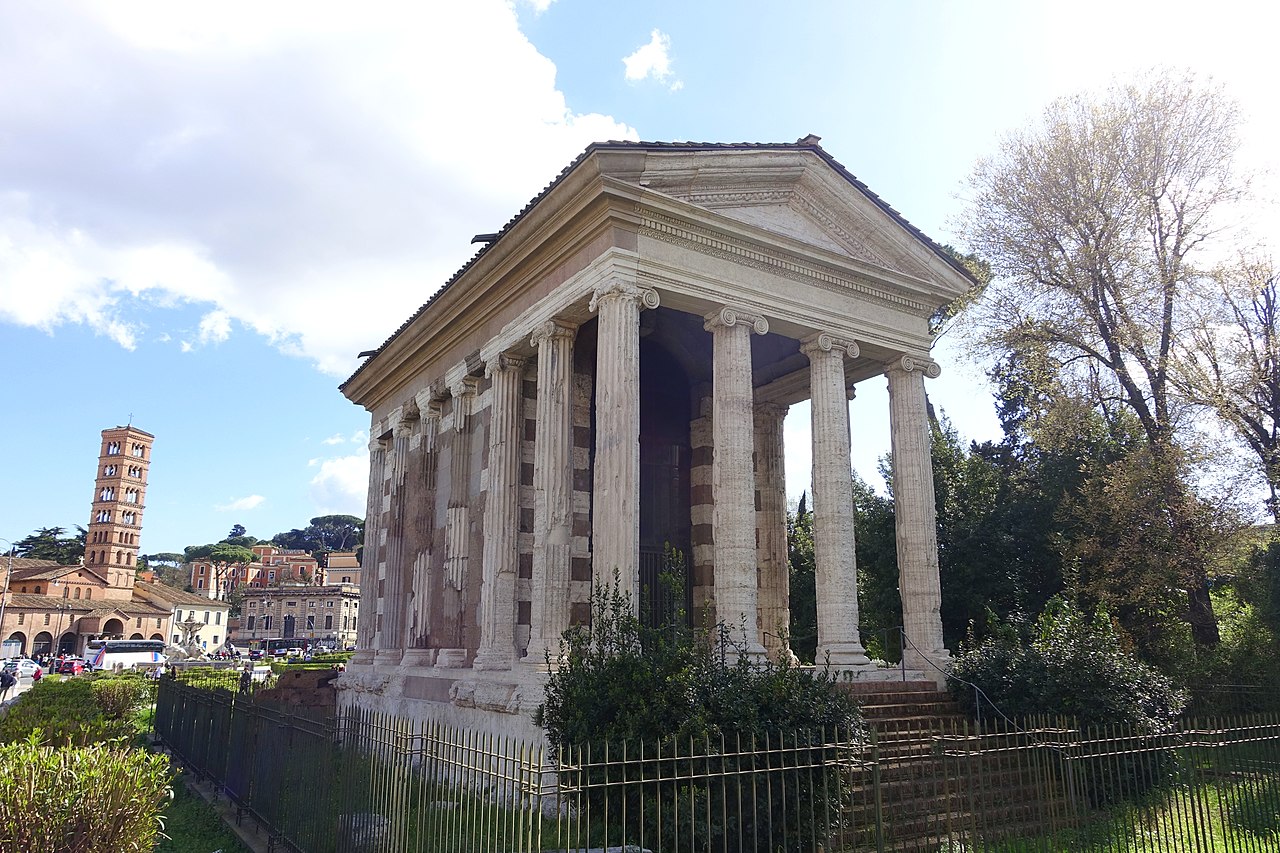
Aspects of Divine Worship
Delving into the spiritual realm, the temple was a hub for religious rites. Devotees would ascend its steps to offer sacrifices and seek blessings from the deity. Such practices reveal insights into the religious fabric of Rome, where deities had specialized domains influencing daily life. The dedication of this temple underscores the ancient Romans’ desire to safeguard their communal and commercial lifelines.
The Test of Time
Surviving through centuries, the Temple of Portunus reflects the Roman Empire’s enduring legacy. Despite facing floods, urban sprawl, and neglect, its preservation today honors the craftsmanship of its creators. It underwent several restorations, most notably in the early 20th century, ensuring its presence continues to inspire future generations.
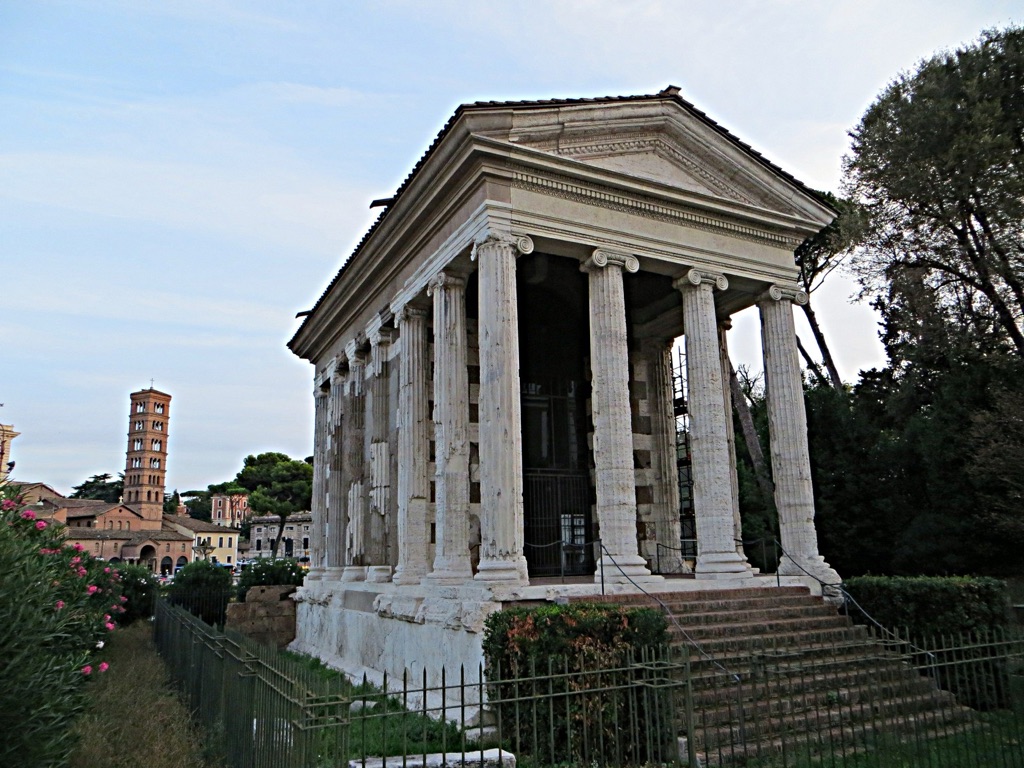
Legacy and Modern Importance
Today, the Temple of Portunus stands not only as an archaeological treasure but also as a cultural icon. It draws scholars, tourists, and history buffs, looking to connect with the distant past. Its existence aids in the understanding of Roman social and religious dynamics. Moreover, it stands as a reminder of the architectural prowess that ancient Rome instilled in the Western world’s DNA.
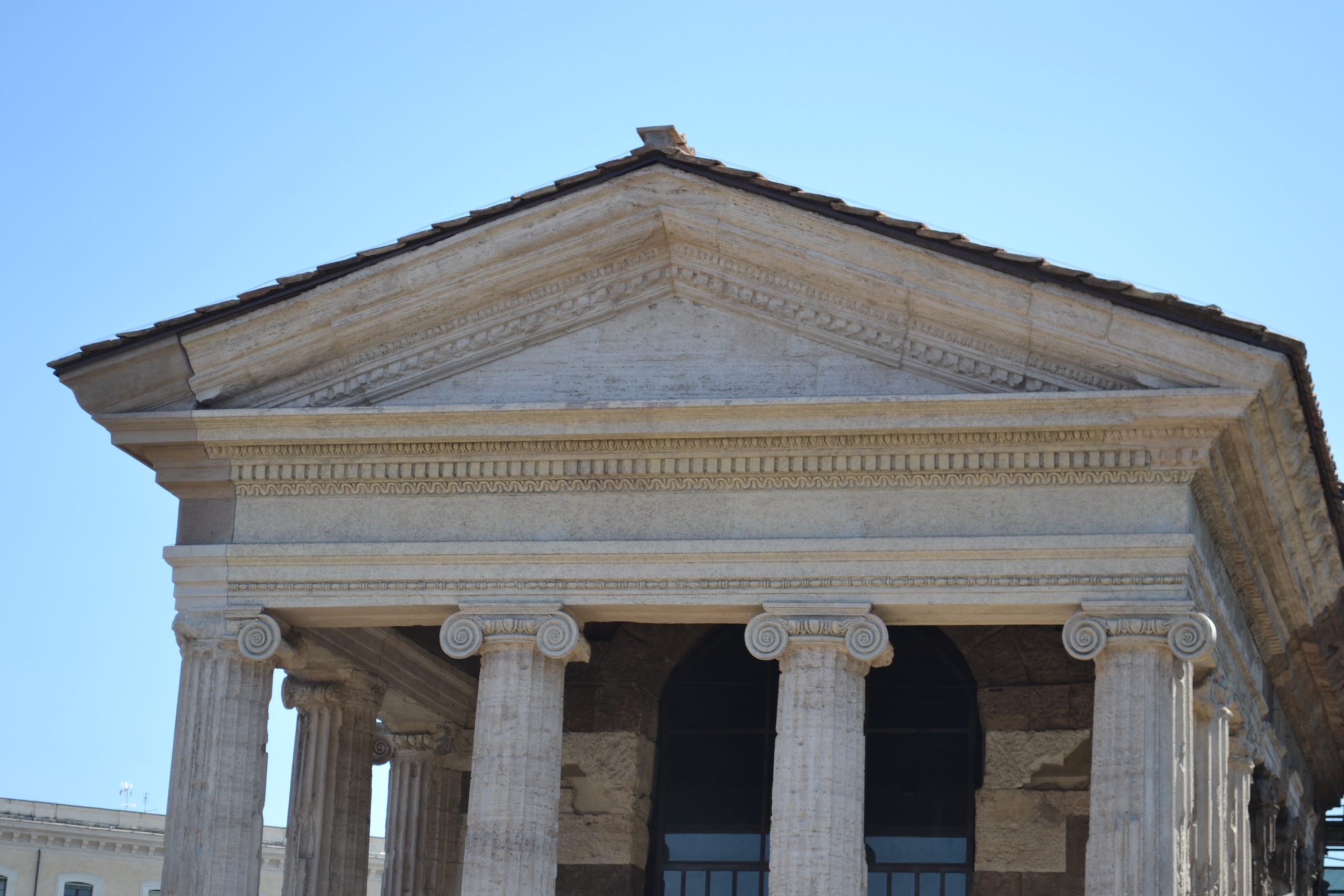
The Discovery of Temple of Portunus
Uncovering the Ancient Deity’s Shrine
The Temple of Portunus, hidden for centuries, came to light during the Renaissance. Historians attribute its rediscovery to the surge in interest in ancient Greek and Roman cultures. Artists and scholars seeking inspiration scoured the Italian landscape for remnants of the past. This treasure trove was unearthed amidst a broader revival of classical art and architecture.
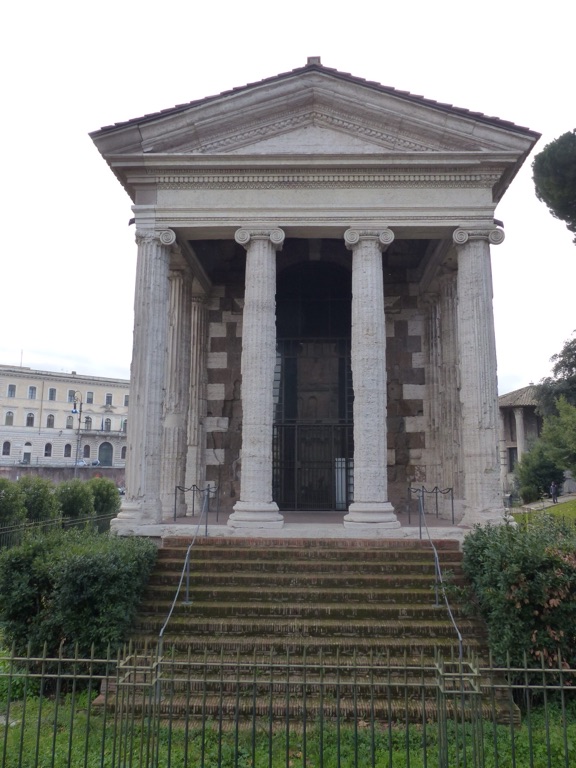
Architectural Revelations
Antiquarians in the late 16th century recognized the temple’s significance. They analyzed its structure and style, revealing its Grecian roots melded with Roman design. Their meticulous records and drawings played a crucial role in the temple’s identification. These findings were pivotal, breathing new life into the temple’s legacy.
Preservation and Recognition Efforts
Following its rediscovery, the Temple of Portunus faced the risk of deterioration. In the mid-20th century, comprehensive efforts began to restore its former glory. These endeavors prevented further decay and highlighted the importance of protecting such historical gems. As a result, the temple secured a place as a vital piece of cultural heritage.
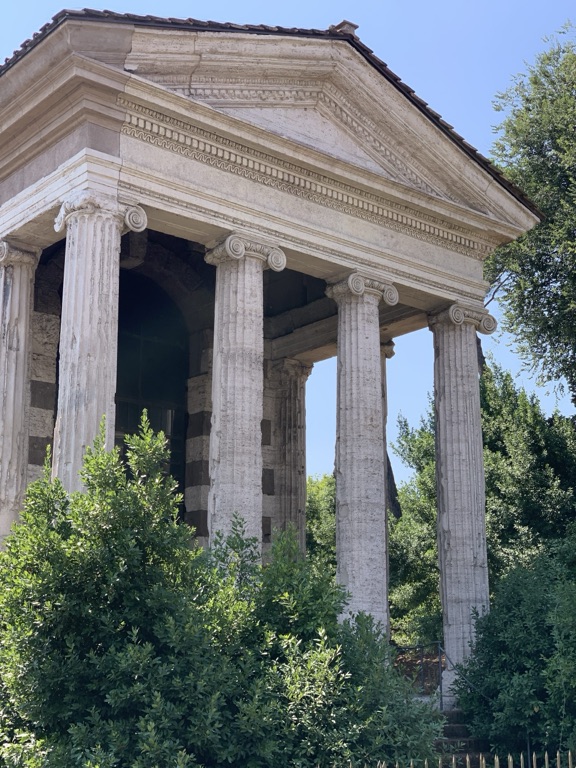
Impact on Historical Understanding
The temple’s discovery enriched our comprehension of ancient Roman religious practice. It allowed historians to grasp the centrality of deities in daily Roman life. Consequently, the temple has become a focal point for studying how Romans interacted with their gods and the architectural beauty they bestowed upon places of worship.
Redefining the City’s Historical Landscape
Today, the Temple of Portunus is a landmark in Rome’s long history. Its enduring presence reshapes understandings of the city’s ancient urban development. It offers a window into the past, allowing the public to walk in the footsteps of Romans who lived millennia ago and reminds us of the city’s continual rediscovery of its origins.
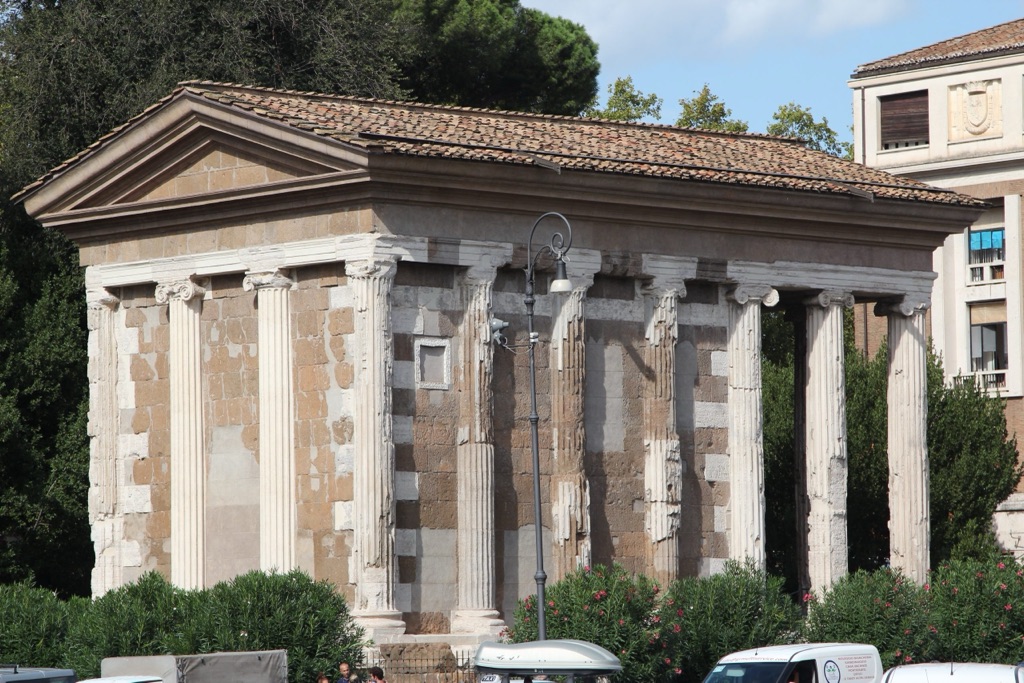
Cultural Significance, Dating methods, Theories and Interpretations
Central Role in Ancient Rome’s Culture
Dedicated to the god of harbors, the Temple of Portunus was more than a sacred space. It was a symbol of Rome’s connection to the sea and its economic ambitions. The structure itself reflects the interplay between commerce and religion. Festivals and rituals here aimed to secure divine favor for seafarers and merchants. Thus, the temple became a vital landmark that connected the city’s economic prosperity with the piety of its people.
Pinning Down the Past: Dating the Temple
Dating the Temple of Portunus involves a combination of architectural analysis and historical texts. Techniques like stratigraphy and material studies provide clues to its construction phase. The discovery of specific pottery styles and coin types within its layers also aid historians. By comparing these findings to recorded events, they estimate the temple’s origins lie in the late Republic period. However, exact dating remains difficult due to centuries of rebuilds and renovations.
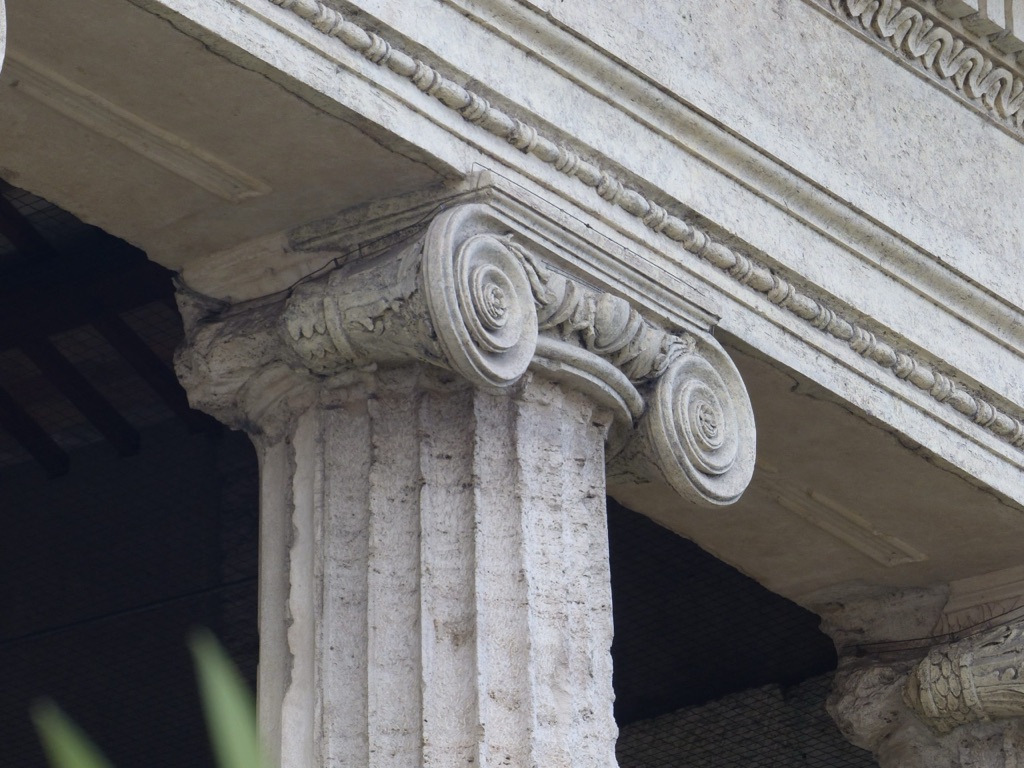
Uncovering Worship: Theories and Interpretations
Scholars propose various theories about the temple’s original appearance and function. Some suggest it also served as a place for judicial proceedings or market activities. Others delve into the religious aspect, hypothesizing about the types of rituals performed. This debate shows the complexity of ascribing a single purpose to ancient structures. These theories remind us that interpretation is as much a part of history as the physical remains we study.
Renewal of Interest in the Modern Era
In contemporary times, the Temple of Portunus holds significance for both cultural heritage and educational fields. It serves as a cornerstone in teaching Roman history and architecture. The temple stands as a conduit for learning about the past, drawing interest from historians and tourists alike. It is a treasure of global history, prompting continual research and discussion on ancient societal structures.
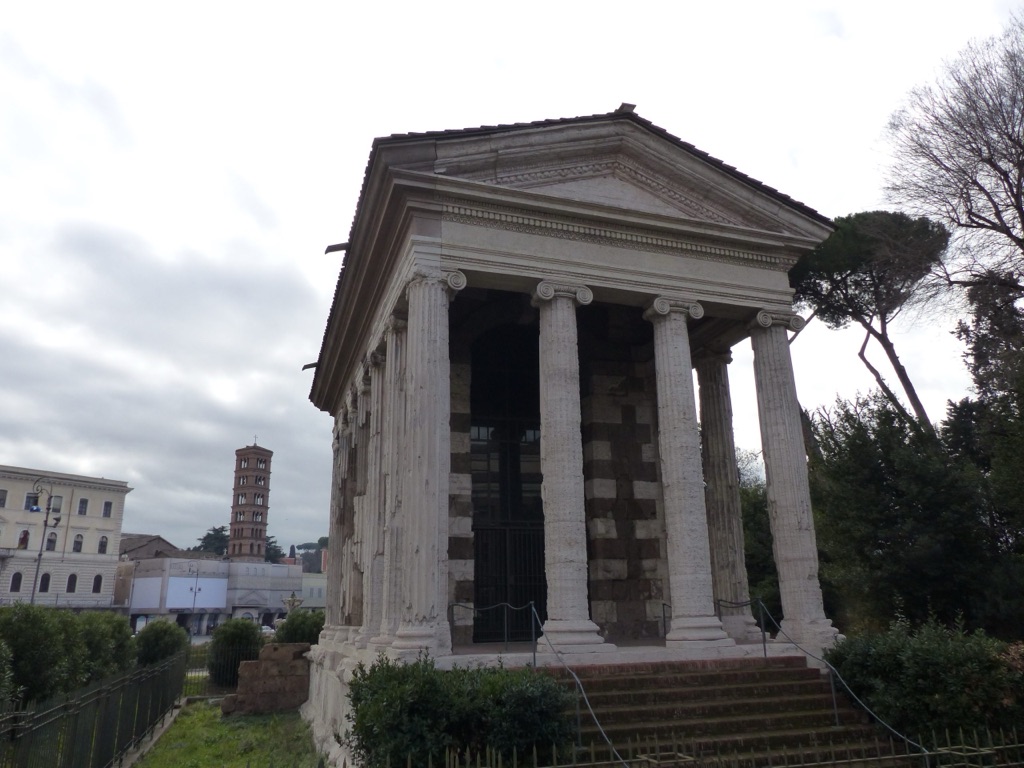
Integrating Technology in Historical Studies
Advancements in technology have afforded new ways to study the Temple of Portunus. Digital reconstructions and 3D modeling provide insights into its potential past appearances. These technological tools also facilitate a deeper understanding of Roman engineering and design principles. As such, they exemplify the merging of past and present learning methods, expanding our grasp of ancient history through modern lenses.
Conclusion and Sources
In summary, the Temple of Portunus is an exquisite reflection of the confluence of religion, culture, commerce, and architecture in ancient Rome. Through meticulous dating methods and interpretative theories, historians continue to uncover the rich narrative of this historical site. The temple’s survival and ongoing study offer an invaluable peek into the ancient world and underscore the importance of preserving such treasures for future generations’ cultural and educational benefit.
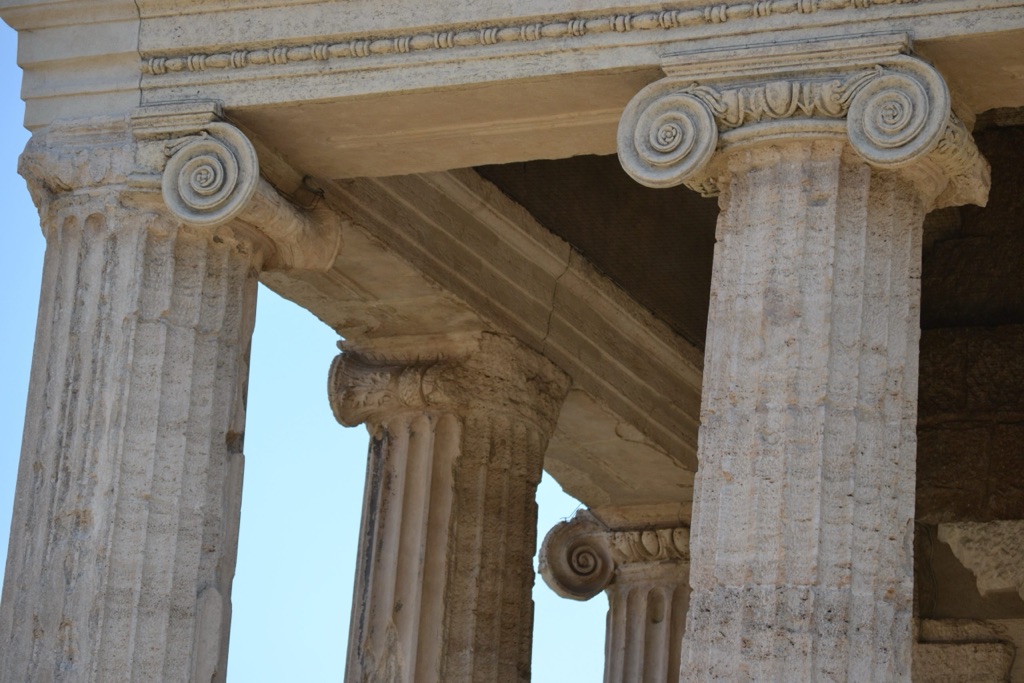
For further reading and to validate the information presented in this article, the following sources are recommended:
- World’s Monuments Fund: Temple of Portunus
- Smart History: Temple of Portunus, Rome
- Wikipedia: Temple of Portunus
Or you can check any of these articles/books:
Coarelli, F. (2007). Rome and Environs: An Archaeological Guide. University of California Press.
Ziolkowski, A. (1992). The Temples of Mid-Republican Rome and Their Historical and Topographical Context. Rome: L’Erma di Bretschneider.
Claridge, A. (2010). Rome: An Oxford Archaeological Guide. Oxford University Press.
Taylor, R. (2000). Public Needs and Private Pleasures: Water Distribution, the Tiber River and the Urban Development of Ancient Rome. L’Erma di Bretschneider.
Patterson, J. R. (2000). The City of Rome: From Republic to Empire. Oxford University Press.

